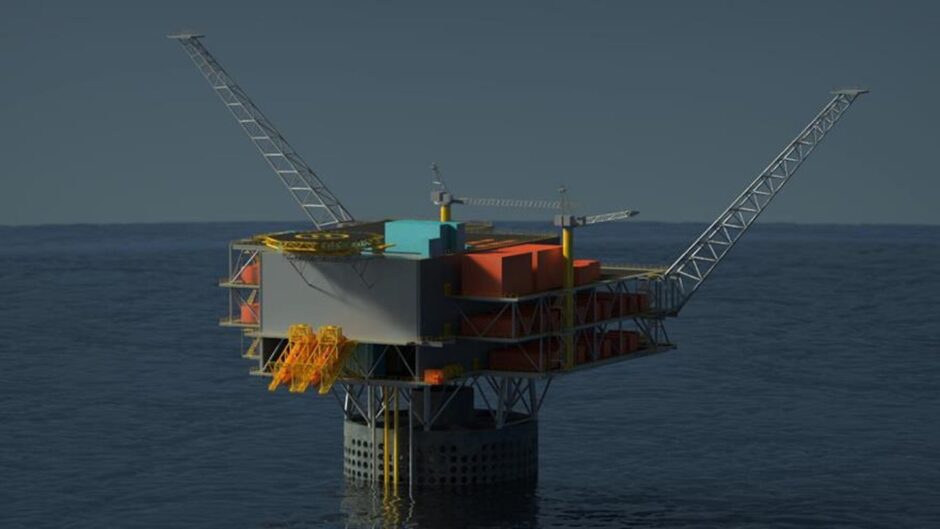
Plans to produce “green” hydrogen on North Sea oil and gas platforms have reached a “significant milestone”, researchers have said.
A study carried out by the Net Zero Technology Centre (NZTC) and Aberdeen’s Apollo has overcome initial scepticism to envisage a “clear understanding” of the advantages of replacing North Sea topsides with the likes of electrolysers powered by renewable energy.
Importantly, Apollo found “potential for significant cost savings” despite the prospect of re-engineering jackets and platform legs proving “demanding”.
The Hydrogen Offshore Production Project (HOP2), which was awarded £2.12 million from the Scottish Government’s Just Transition Fund, was led by Apollo engineers as the firm looks to scale up production of the molecule.
The study evaluated UK offshore assets, developed equipment lists and assessed layout options in a “significant milestone” for cutting the nation’s emissions, Apollo’s decarbonisation director Phil Westmorland said.
The HOP2 project highlighted the importance of working with suppliers to develop bespoke electrolyser designs suitable for offshore applications if the option of repurposing oil platforms were to be pursued.
Apollo’s mechanical manager, Keith Archibald was initially unsure of the project.
“Initially sceptical about the idea of offshore hydrogen production through replacing topsides on existing asset substructures, we completed the study with a clear understanding of its advantages,” Archibald said.
“While repurposing existing jacket or GBS substructures will certainly be demanding, the potential for significant cost savings justifies additional effort to more precisely determine the footprint requirements for such assets.”
The NZTC recently found that Scottish hydrogen exports could meet up to 100% of German import demand by 2045.
This came as the NZTC progressed work on the Scottish Government’s £2.7 billion pipeline network connecting hydrogen hubs in Scotland to Germany.
Scotland’s net zero and energy cabinet secretary Mairi McAllan said late last month that the Scottish government is determined to realise the potential for hydrogen export and will soon publish an export plan.
“Scotland is strongly positioned to become a major exporter of hydrogen to Northern Europe and the UK – contributing to our climate objectives and to green economic property for our nation,” Ms McAllan said.
Despite the report, programme manager for NZTC Darren Gee raised concerns in a recent conversation with Energy Voice.
Mr Gee said: “If you look at the Scottish green economy scenario, we’re not going to fill the backbone unless we do something now that directly affects the probability of existing in the future.”
He pointed to work conducted by the Hydrogen Backbone Link’s (HBL) sister project, Energy Hubs, on the feasibility of large-scale production of green hydrogen.
Recommended for you


 © Supplied by NZTC
© Supplied by NZTC